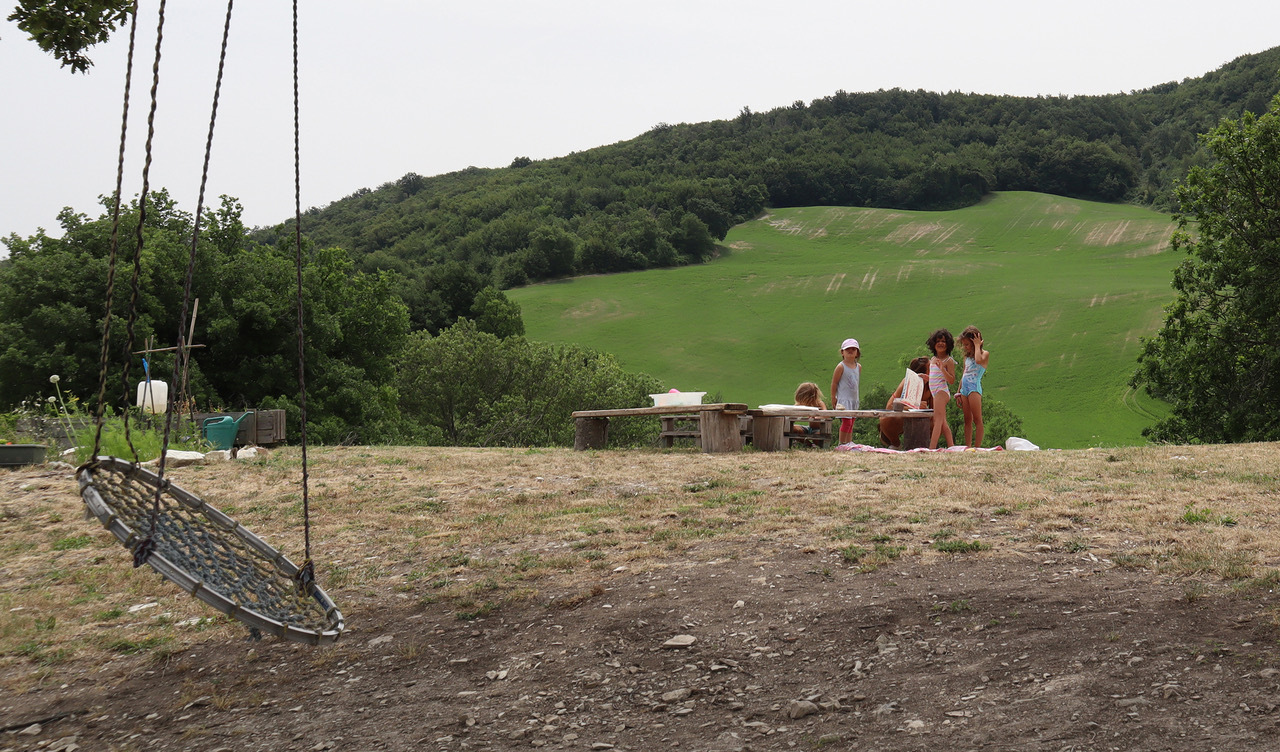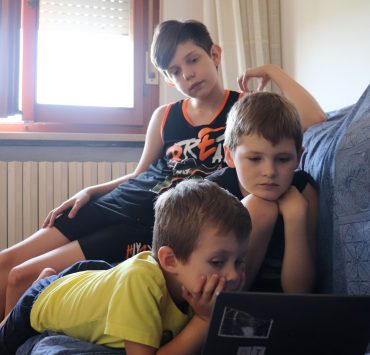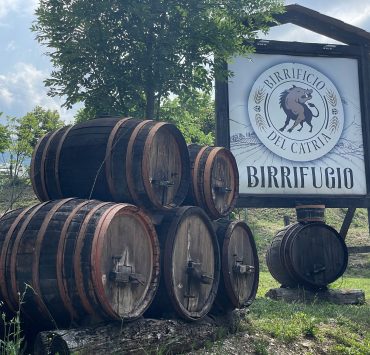Studying abroad was never something I thought would be a…
The students of L’Albero Maestro are surrounded by the sounds of birds chirping and bugs buzzing. The theory behind L’Albero Maestro (“The Teaching Tree”) is that every aspect of the preschool takes place outdoors and the students learn through that experience and taking risks. Nicoletta Santini and Serena Panti opened L’Albero Maestra in 2016 in the countryside outside Urbino. Before that, they had been teaching at a traditional school when they learned about an educational alternative called the Forest School movement.
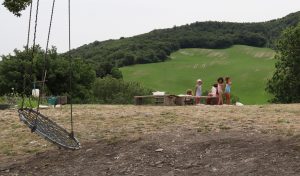
The Forest School movement began as a Europe-wide reaction to the centralized, outcome-based education policies of the 1980s and ‘90s, but it drew on a nature-based philosophy of learning from the Romantic period of the 19th century. They proposed to families the idea of going on nature walks with the kids every other weekend.
“Not everyone has the possibility to learn nature in their everyday life,” Santini said. From there, the families showed an interest in the philosophy behind this type of learning.
“Instead of learning about the seasons changing through pictures, the students can learn through experiencing the seasons changing in real time,” Santini said. The students can physically see the changing of the leaves, feel the snow falling on their tongues, be a part of the flowers growing, touch real life objects in nature of the colors they are learning.
“Learning by living,” Santini said. The theory of learning through risk and experience inspired Santini and Panti to open the school. “It was born to let the children have a stronger connection with their families and nature.”
A Day with Little ‘Caterpillars’
There are two groups of students – the “caterpillars” and the “butterflies.” The caterpillars are ages 1 to 3, and the butterflies are ages 4 to 6. The younger group is especially interesting to observe, with children even younger than most pre-schools have. They begin the day with a morning meeting.
We do an infinite number of activities with the children because they are inventing what we do.
– Nicoletta Santini, co-founder and teacher, L’Alberto Maestro
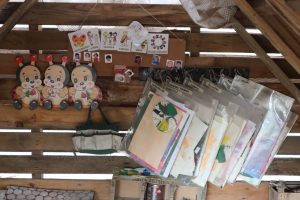
While eating breakfast, they discuss what activities they want to do for the day. The children are directly a part of the decision-making for their learning experience. This discussion is designated a “sanctuary” for the students to share their thoughts and emotions. The teachers then lead a guided discussion on what activities they want to do for the day.
“We do an infinite number of activities with the children because they are inventing what we do,” Santini said. Because the weather is warm this day, students think of activities involving water, such water-gun fights.
Other projects involve building a model of things they see on one of their walks. For example, the students might see a house or tree, and invent an activity to make a model of that with paint or clay. The day is influenced by what the kids want to do and learn, in contrast to a set curriculum as in traditional schools.
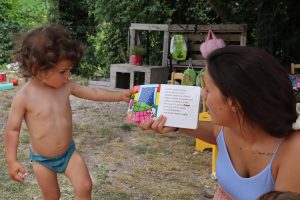
The students then take part in that activity, whether it’s reading, taking a long adventurous nature walk, or having a water-gun fight. After they have lunch, the students help gather the materials for nap time in the outdoor shade, gathering the mats and setting up the pillows themselves. After their nap, the students enjoy further outdoor playing and learning activities, such as counting leaves, learning gardening skills, observing nature, practicing language with one another, or reading.
The students are picked up by their parents at the end of the day, leaving with a smile and a happy farewell.
Studying abroad was never something I thought would be a part of my college experience. Seeing friends of mine take the leap and study abroad in Europe is what truly inspired me. When my best friends from home dropped me off at the airport one friend asks, “How are you feeling?”. All I responded with was “I am really nervous”. The second I arrived in the town of Urbino all the anxiousness went away. I was in a completely new environment with old friends and new. Immersing myself in a completely new culture from my own, while also doing what I love. It has been the experience of a lifetime. I have learned more about my craft, other cultures, and myself during this adventure. I can’t wait to see what other experiences and travels there are for me in the future.

